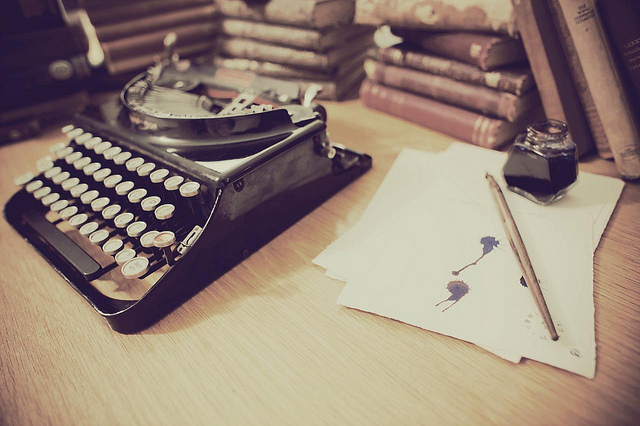The Craft of Writing Fiction: The Setting (Part 1)
Where your story takes place can matter a great deal. The plot and characters are what most people will focus on, but the setting can further enrich your tale to the point that it becomes more alive to readers. One of the best examples of setting being important is Harry Potter since Hogwarts is a place of such wonder and magic that it’s basically a character on its own. However, this is by no means the only example of the importance of setting.

The entire world in The Lord of the Rings trilogy is full of dangers and beauty. In many a horror story, you need a spooky house or haunted forest or unsettling setting before the reader gets hooked or haunted by your story. Yet, settings also provide a vantage point from which your story is built. Settings are a piece of the foundation of your work.
In To Kill A Mockingbird, there is nothing spectacular about the town but it’s the location itself that lends to the credibility and the story overall. A southern town with a vein of racism and traditions among its people, a history and identity all paint a better picture of where your characters are and how their story unfolds. So, this requires small bits about the place.
Also, a lot of times, the setting is interlinked with characters too. The mysterious house in Mockingbird was where to enigmatic Boo Radley lived and speculations abounded about it, making the story of Scout more believable because who, as a kid, didn’t have a mysterious figure or place in their past.
Anywhere from a distant planet to a small town in the south to a world far unlike our own are important settings for our characters to work in and it’s vital to your story that you give time and attention to where your story is taking place. Like characters, a flat setting can take away from a great story or even a great cast of characters, so keep this in mind as you work through your story or novel and give it the attention it’s due.